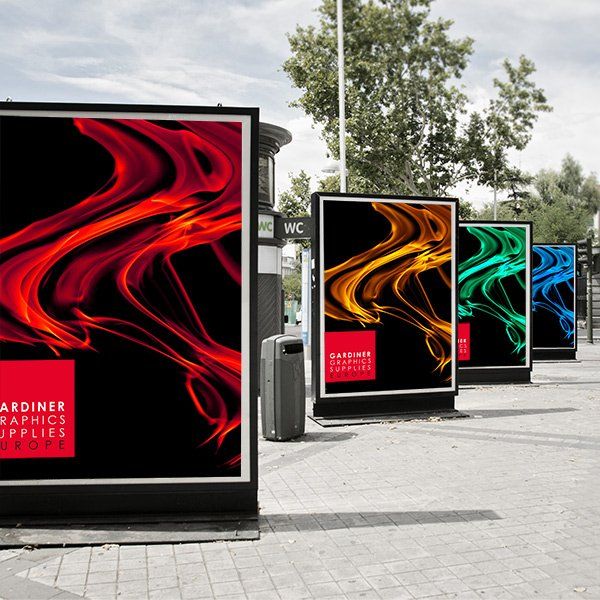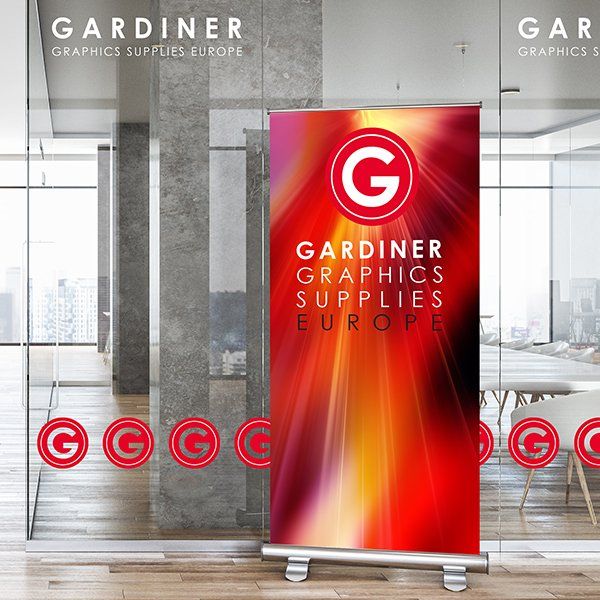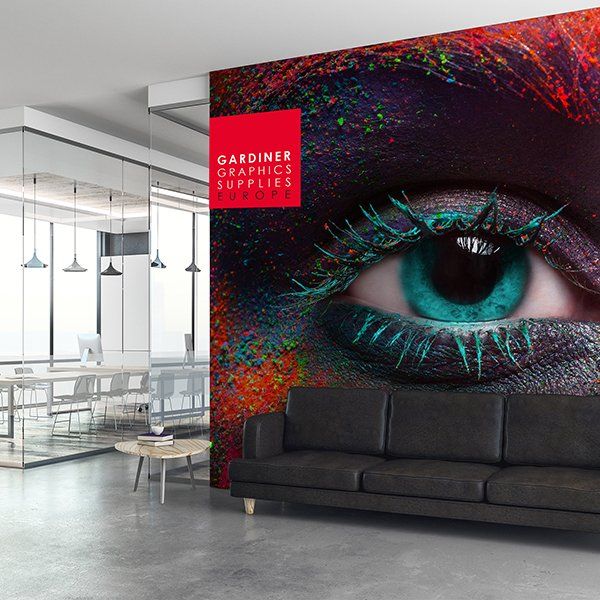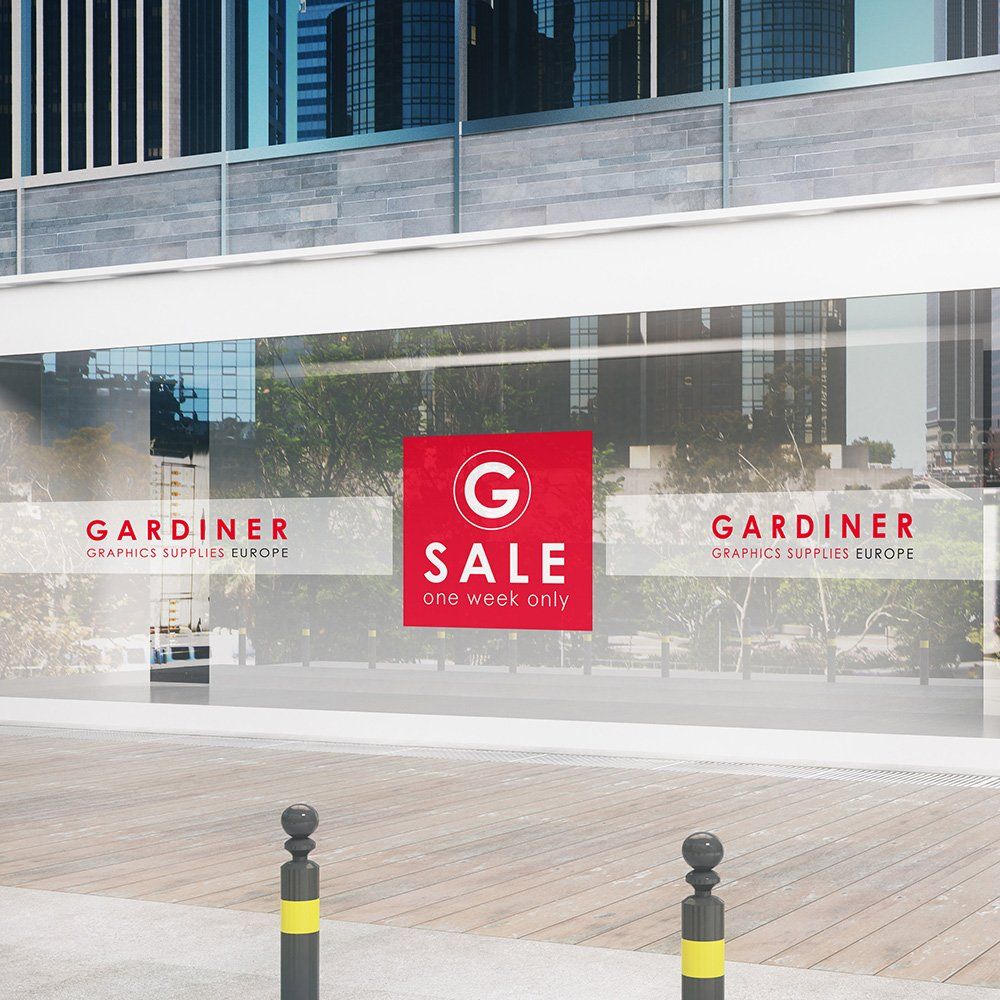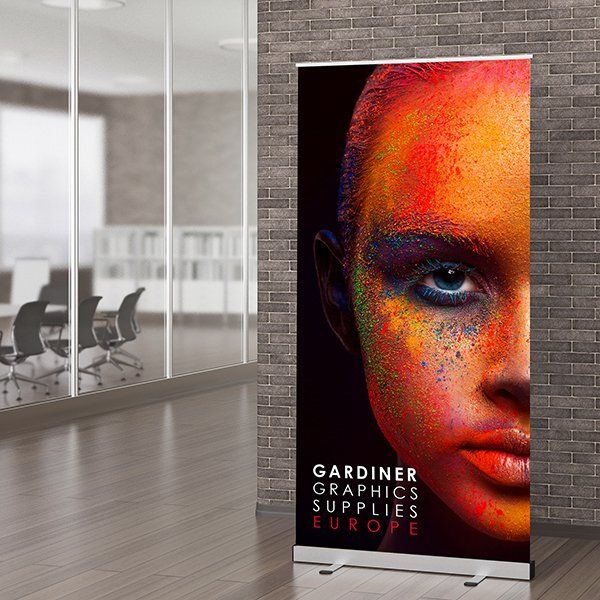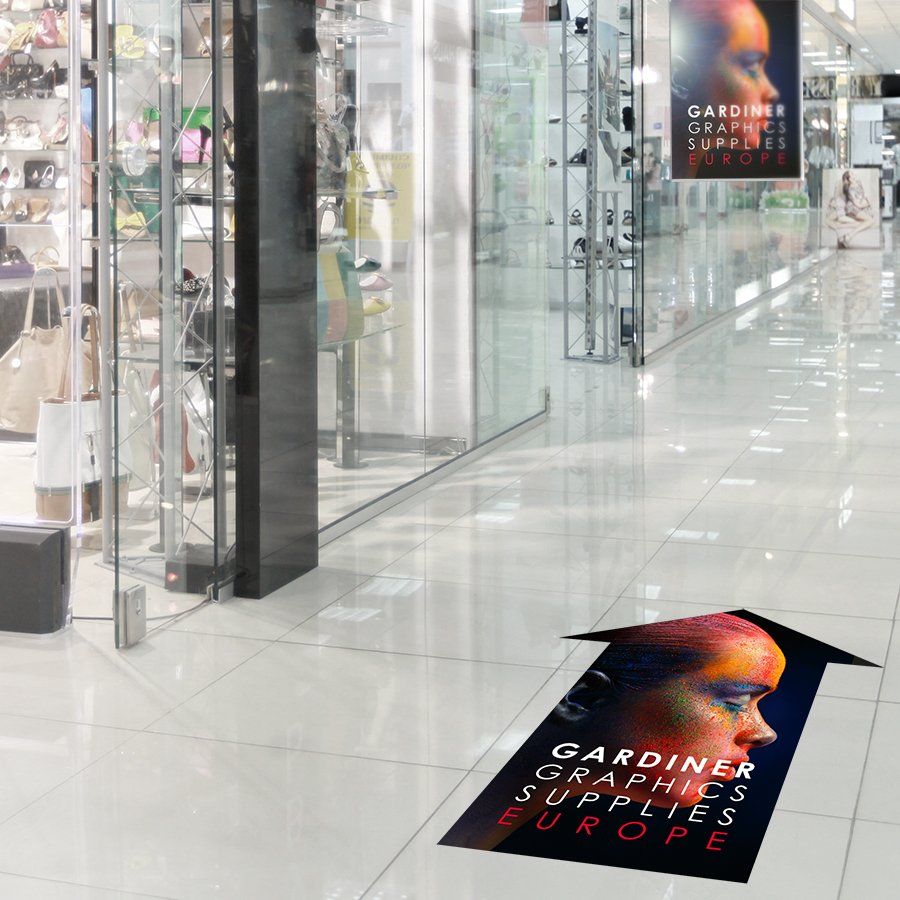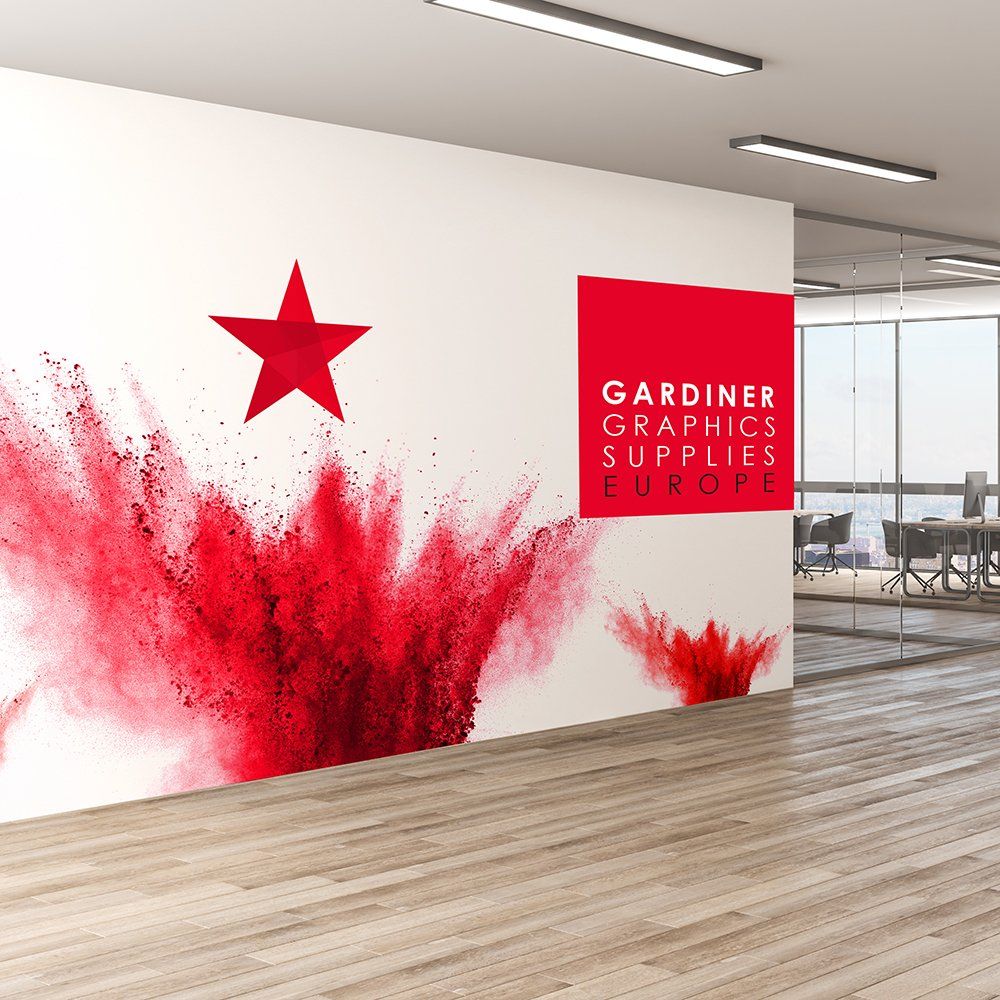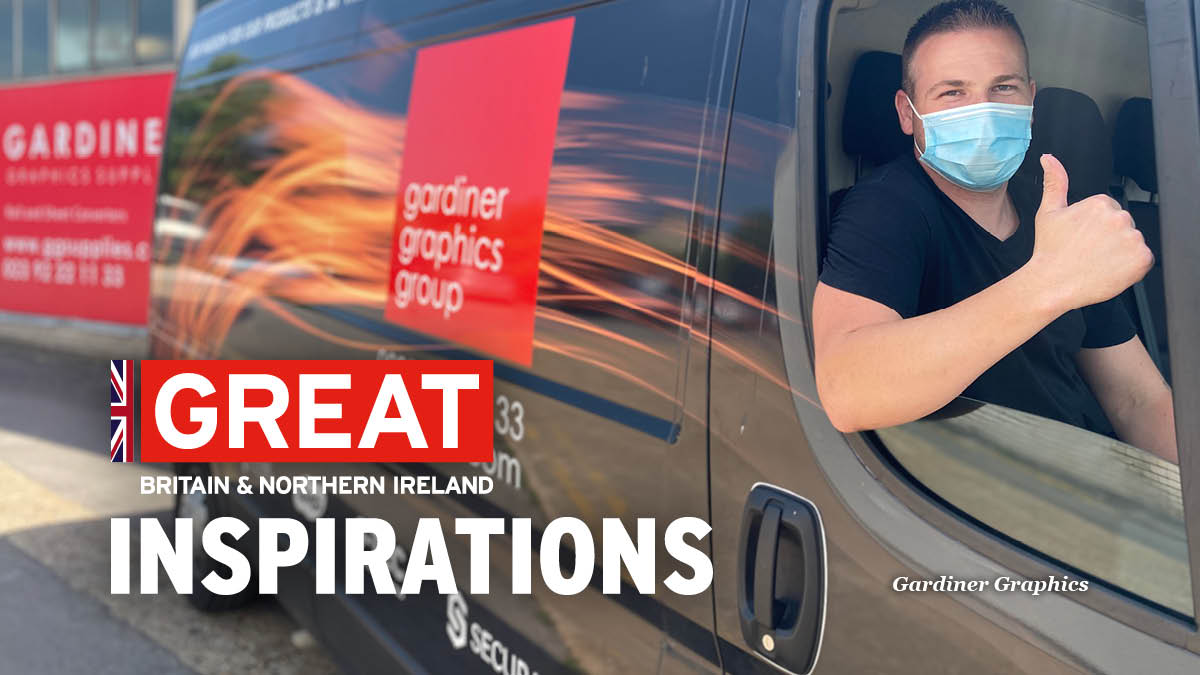OUR 'HOW TO' GUIDES
OUR 'HOW TO' GUIDES
Our job is to make your life easier
OUR RANGE OF SELF-ADHESIVE PRODUCTS IS EASY TO APPLY ON-SITE,
WITH NO SPECIALIST EXPERTISE OR EQUIPMENT REQUIRED.
To help you get better results every time, please read our easy-to-follow ‘How to’ guides, which cover everything you need to know from cleaning and surface preparation to product application.
WE’VE MADE IT AS EASY AS A, B, C… D, E, F, AND G.
WE’VE MADE IT AS EASY AS A, B, C… D, E, F, AND G.
And if you can’t find the answer you need in the ‘How to’ Guides below, we would be happy to help with more information for your specific needs.
YOU WILL NEED:
Please note: If your substrate surface is corroded, we recommend that you treat it with a fine abrasive plug to remove any particulars before cleaning the surface.
HOW TO... CLEAN AND PREP SURFACES
Gardiner Graphics Supplies Europe self-adhesive materials can transform a vast range of surfaces, from glass and walls to floors and vehicles.
Whatever your working surface, if you want wow-factor results – that stick! - it needs to be cleaned and prepped before application.
HOW TO CLEAN YOUR WORKING SURFACE:
HOW TO PREP YOUR WORKING SURFACE:
(1*)
Certain cleaning products, like window cleaners, contain waxes. Some automated vehicle cleaning equipment uses chemicals that can affect adhesion. We recommend you spot test specific cleaners, in an area that will not be seen, before using across the whole substrate. Please follow manufacturers’ recommendations for any cleaning product you use.
(2*)
Cleaning with IPA is not recommended for some substrates, like latex paint, oil-based paint, ABS, Plexiglass, fibreglass and polystyrene.
(3*)
If your IPA is industrial grade, mix 1-part IPA with 2-parts water. If you are using rubbing alcohol (90º), do not dilute it.
HOW TO... GUARANTEE BEST RESULTS WITH DRY APPLICATION OF SELF-ADHESIVE MATERIALS
We recommend dry application of self-adhesive materials for products like wall graphics.
Whatever your working surface, if you want wow-factor results – that stick! - it needs to be cleaned and prepped before application.
Please follow our guide on How to Clean and Prep surfaces
before beginning any application of self-adhesive materials.
HOW TO GUARANTEE THE BEST RESULTS:
HOW TO... GUARANTEE BEST RESULTS WITH WET APPLICATION OF SELF-ADHESIVE MATERIALS
Wet application of self-adhesive materials is recommended when applying graphics to smooth surfaces like glass. It means you can ‘float’ the graphics across the surface as you align it correctly.
Whatever your working surface, if you want wow-factor results – that stick! - it needs to be cleaned and prepped before application.
Please follow our guide on How to Clean and Prep surfaces
before beginning any application of self-adhesive materials.
HOW TO GUARANTEE THE BEST RESULTS:
(1*) Adding a small amount of washing up liquid, or neutral detergent, helps the water to spread, which means you need less water when ‘floating’ the graphic. Less water means less whitening.
(2*) Some whitening will occur with all water-based adhesives, but this will disappear after 24 hours, when the water has evaporated.
HOW TO... APPLY SELF-ADHESIVE MATERIALS TO GLASS
Gardiner Graphics Supplies Europe has a wide range of self-adhesive graphics (decals), so you can create eye-catching displays on windows and in pop-up exhibition displays.
We recommend wet application when applying graphics to smooth surfaces like glass, even if dry application is possible.
Whatever your working surface, if you want wow-factor results – that stick! - it needs to be cleaned and prepped before application.
Please follow our guide on How to Clean and Prep surfaces
before beginning any application of self-adhesive materials.
HOW TO GUARANTEE THE BEST RESULTS:
(1*) If outside temperatures are very high, add 3ml-5ml of window cleaner to your water solution to slow evaporation.
HOW TO... OVERLAMINATE
Do you need your print to last longer? Do you need to protect your print from scratches? Do you need to stop your print deteriorating over time? Then, you need to overlaminate.
For the best results, you also need to choose the right overlamination product for your print and graphics.
Gardiner Graphics Supplies Europe has developed a range of premium quality films, and we work with our partners around the world to bring you the latest overlamination products.
Our wide format pressure sensitive laminates,
including eco pressure sensitive laminates, come in a variety of finishes. Whether your design brief calls for matt, satin matt, gloss, crystal, anti-graffiti or drywipe, we have an overlamination product for you.
HOW TO GUARANTEE THE BEST RESULTS:
DO YOU HAVE MORE QUESTIONS ABOUT OVERLAMINATION?
Talk to us. We can help.
HOW TO... INSTALL INDOOR FLOOR GRAPHICS (1*)
Whatever your working surface, if you want wow-factor results – that stick! - it needs to be cleaned and prepped
before application.
Before applying indoor floor graphics, the surface needs to be clean, dry, smooth, non-porous and free from polluting agents like grease, dirt, or silicone. If required, use strong detergent to clean.
HOW TO GUARANTEE THE BEST RESULTS:
(1*) We recommend you laminate your floor graphic with a suitable Gardiner Graphics Supplies Europe product, like Crystal 100, before installation. This enhances the print, protects your graphics and provides an extra layer of safety by reducing the slip risk.
HOW TO... INSTALL WALL GRAPHICS (1*)
If you want WOW walls, you have come to the right place. In our range of wall graphics, you will find what you need to transform textured, smooth, indoor and outdoor walls.
Whatever your working surface, if you want wow-factor results – that stick! - it needs to be cleaned and prepped before application.
IS YOUR WALL TREATED WITH SILICONE QUARTZ? IF SO, IT MIGHT NOT BE POSSIBLE TO APPLY SELF-ADHESIVE GRAPHICS.
Talk to us for more information
HOW TO GUARANTEE THE BEST RESULTS:
HOW TO INSTALL WALL GRAPHICS IN MULTIPLE SECTIONS:
(1*) If the wall has small bumps, small cracks or old paint colours, we recommend laminating your wall graphics with a suitable Gardiner Graphics Supplies Europe product. Please note that bumps or cracks bigger than 3mm-5mm can create air pockets that prevent graphics sticking.
(2*)
If you paint the wall before applying graphics, allow at least 3 to 5 days for the paint to dry at room temperature before application
(3*) PLEASE REMEMBER
that walls are usually measured in centimetres (cms) – but in the world of digital graphics we work in millimetres (mms).
“We are always on the lookout for new, innovative ways to add impact to our clients’ digital print, and digital foiling seemed the best way forward. Gardiner Graphics Supplies were our obvious choice, because of our previous good experience with their range of GMP (UK) small format laminating equipment. A couple of weeks in and we’ve already completed two live jobs, with more to come!”
Steve Jones, Prom Print Digital.
We take the time to get to know our customers. We know they want to avoid huge stock costs, so when they want a product, they want it tomorrow. Our next day delivery saves them money and time. Priceless.
Can you afford not to call us?
We take the time to get to know our customers. We know they want to avoid huge stock costs, so when they want a product, they want it tomorrow. Our next day delivery saves them money and time. Priceless.
Can you afford not to call us?

